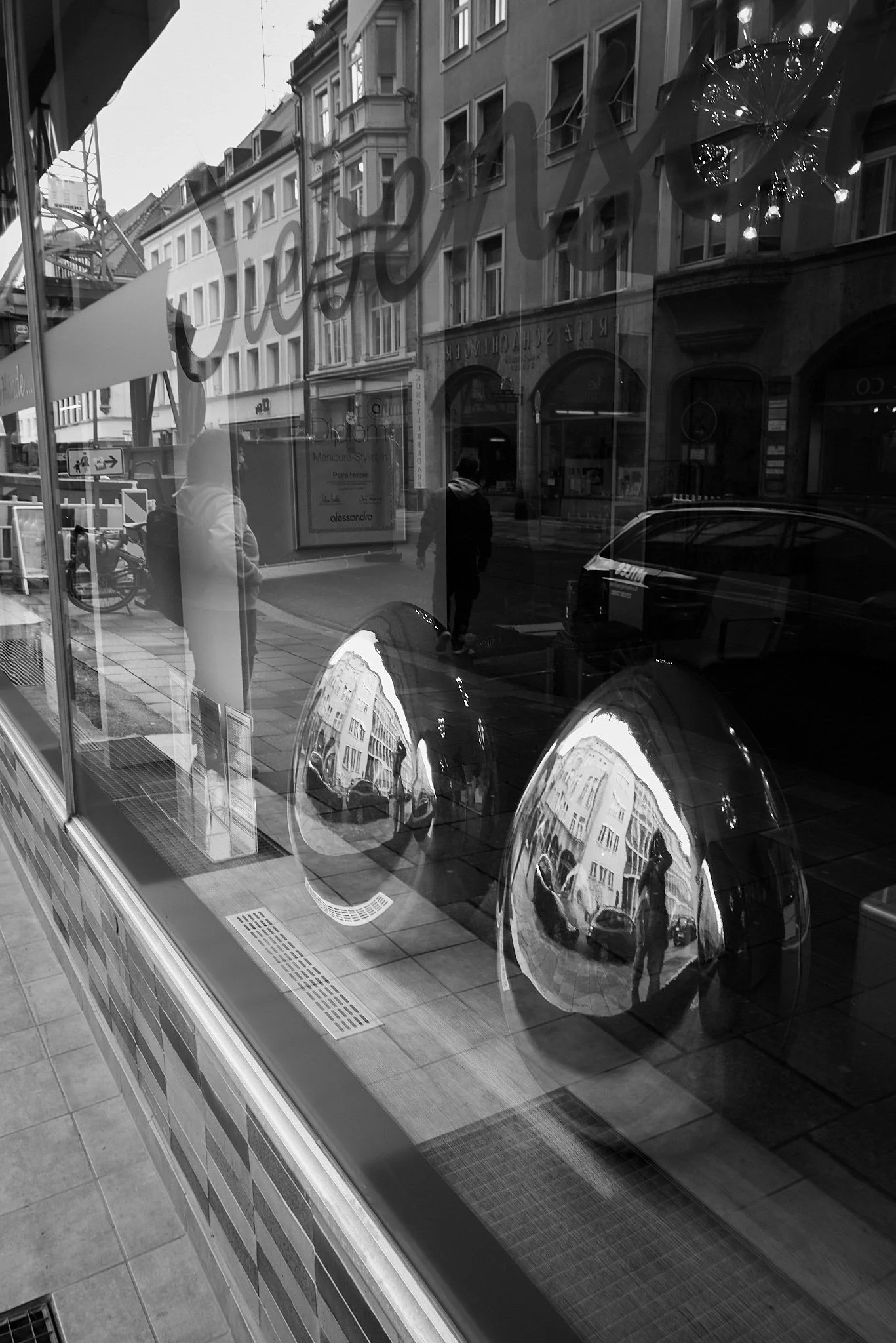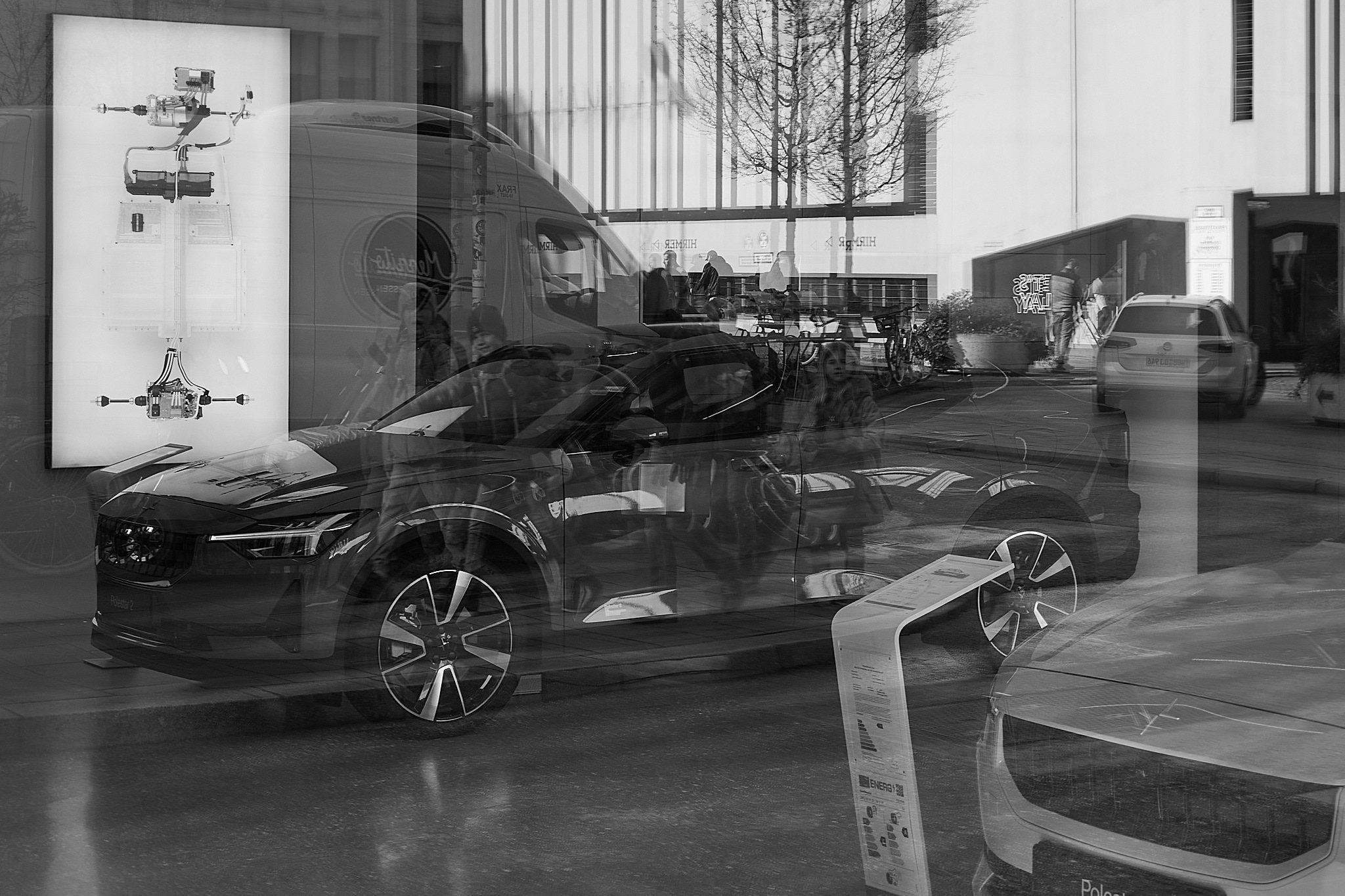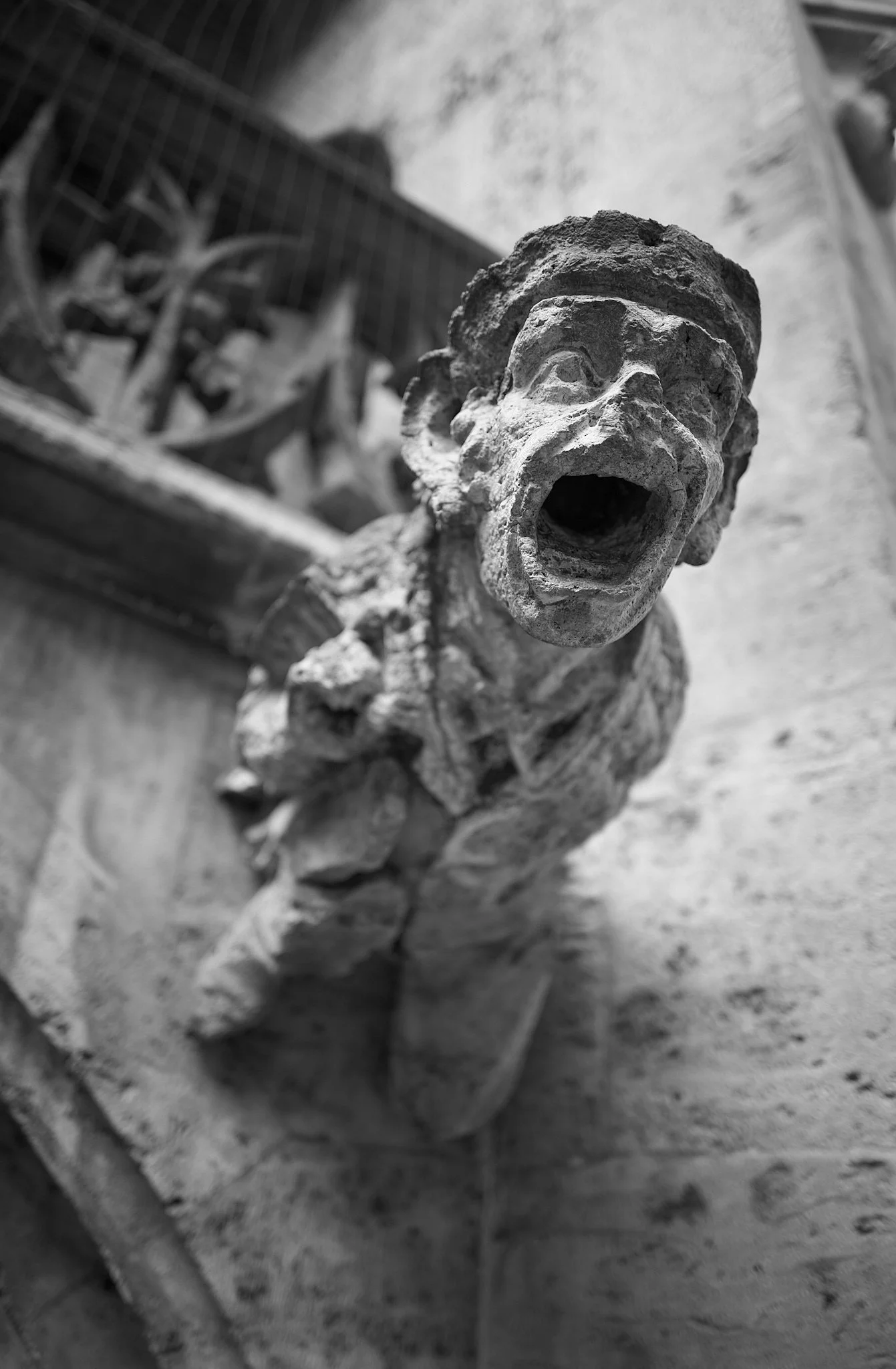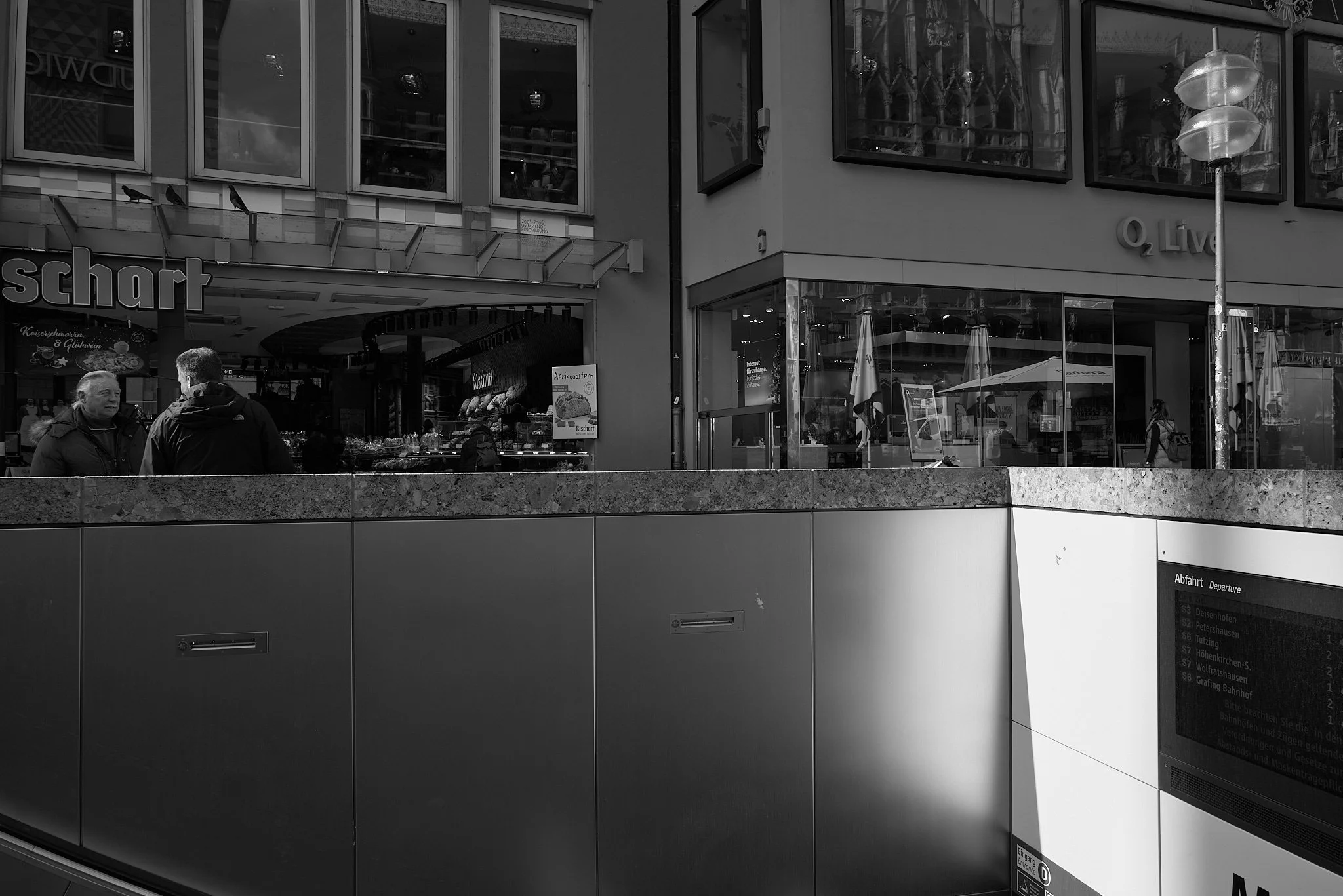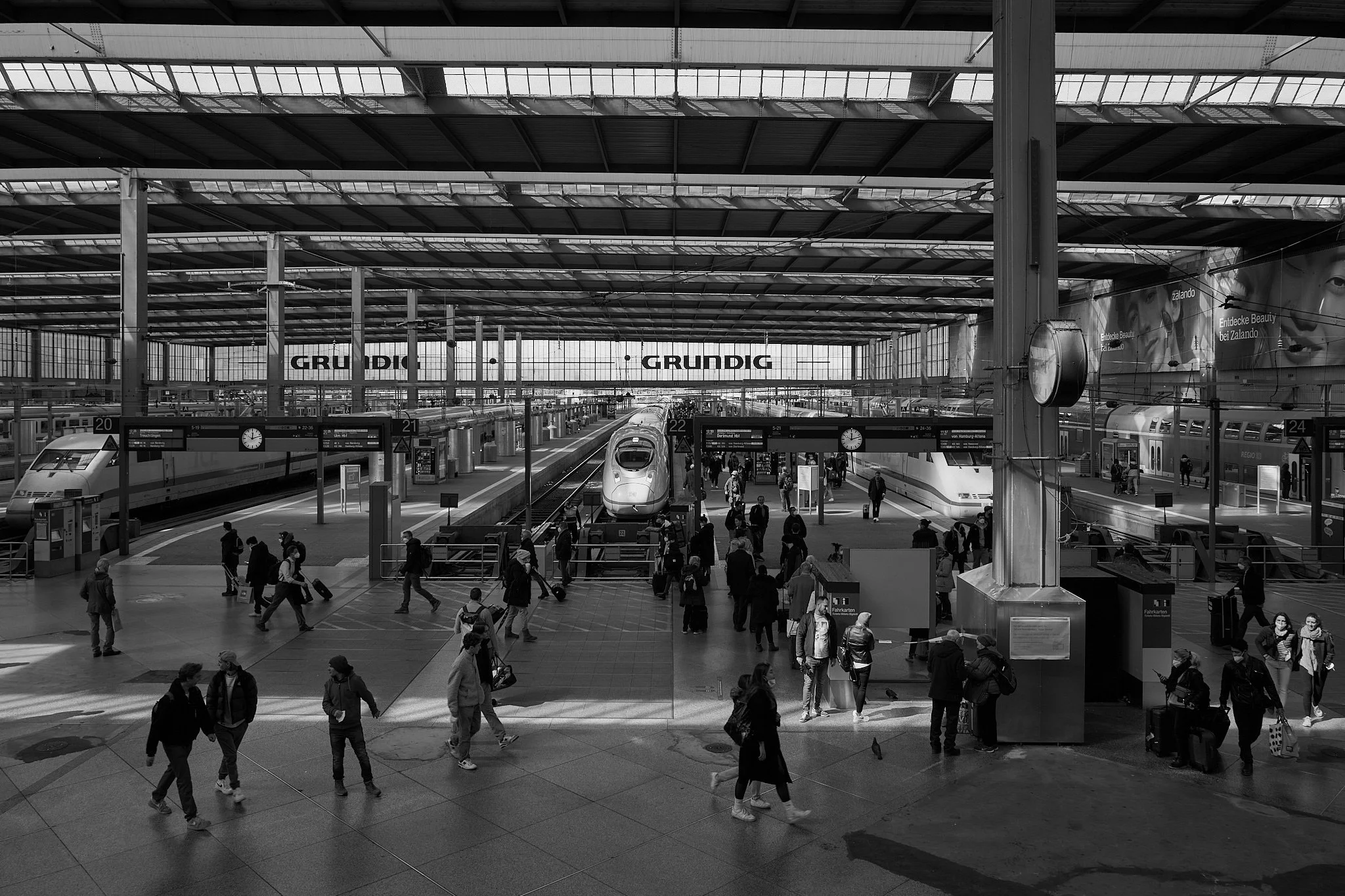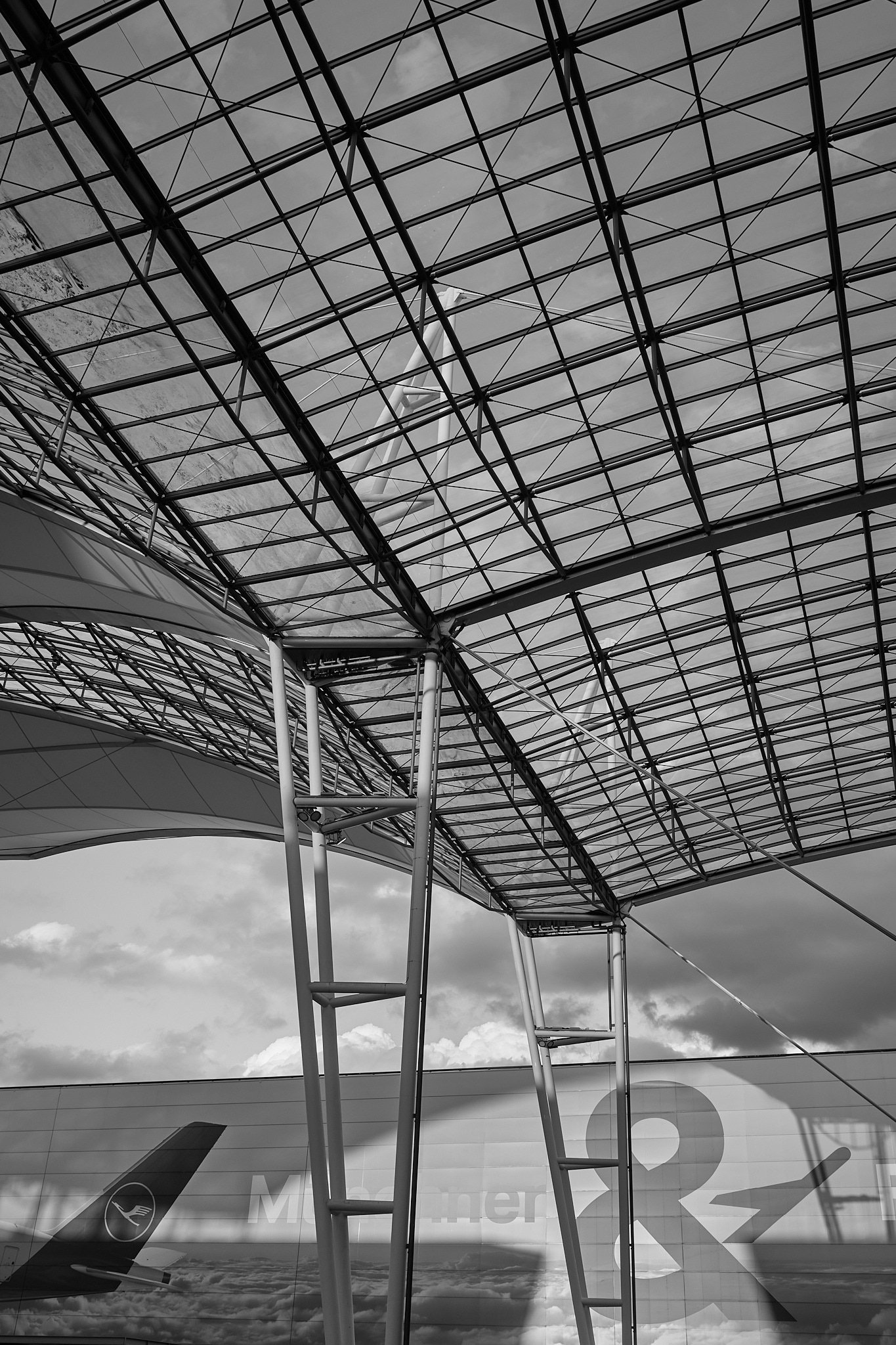Once in a Lifetime
As I was helping to raise Brandon, Kit and Devon, I tried my best not to impose my opinions on them beyond hoping to instill a fundamental set of moral principles (respect for others, compassion for others instead of hatred, etc). As a result, I’d condition my opinions in response to their questions. I did so by not only telling them what I thought, but also by explaining why I thought something, noting that others have different perspectives on the same issue and explaining why they might have a different opinion, and then often asking them what they thought about it (or more likely, ask why they asked that question).
I must admit however that there was one arena where I was a bit . . . indoctrinating. Simply put, they learned that the three best bands in the world are REM, U2 and the Talking Heads (not necessarily in that order) (and before you scream and shout [pun intended], The Beatles have retired the crown as the best band in the Universe).
So I’ve been thinking about the Talking Heads lately. Namely their song “Once in a Lifetime”. Which takes me back to my propaganda skills. There was a point where I knew I had succeeded. Back when I was at DLI in Monterey, CA, the family had to go downtown for some reason that I no longer recall. I parked the van and we started walking down the street, Devon in arm and 4 year-old Kit and Brandon straggling along behind. I looked up ahead and lo, and behold, there was a Lamborghini Countach parked up ahead. She was a beauty.
Excited, I picked up my pace. Kit kept up with me (I suspect he too had seen the car . . . which looked like a giant Hot Wheel). Brandon though, was lagging behind at a slow pace mumbling something as he walked. Annoyed, I skirted back to tell him to hurry it up and finally heard what he was mumbling . . ., “Same as it ever was, same as it ever was, same as it ever was, same as it ever was, same as it ever was . . . “. With perfect intonation and rhythm. (In case you don’t know the lyrics, it’s from “Once in a Lifetime”). I stopped trying to rush him because, hey, you don’t interrupt a good song. We eventually got to gawk at the Lamborghini.
David Byrne of the Talking Heads has explained that “Once in a Lifetime” is about how people can go through life operating half-awake, drifting along on autopilot, and then suddenly come to question it all, realizing that life is flowing by nonetheless. Well, our trip to München (I’m spelling it in German because I’ve just learned how to make an umlaut (¨) on my keyboard [I’ve learned the unique Portuguese alphabet symbols a while ago, but Portuguese generally doesn’t to use the umlaut] and decided I should practice a bit!), I was reminded of a different part of the song than the one Brandon was singing over three decades ago. One phrase in particular stuck in my mind, but here are the few lines leading up to it:
“You may ask yourself, ‘Where does that highway go to?’
“And you may ask yourself, “Am I right? Am I wrong?’
“And you may say to yourself, ‘My God! What have I done?’”
It’s that last phrase that keeps running in my head because, “My God! What have I done?”
You see, when I was in München I bought myself a Leica. A Leica Q2 Monochrom Reporter. And in case you know nothing about Leica cameras, just think Lamborghini. No Lamborghini is cheap. Nor are any of the true Leica cameras, and the Q2 is a true Leica, made in Wetzlar, Germany. While not the most expensive Leica, it’s still priced like one.
Possibly even worse, I bought a Leica Monochrom. Yeah, you saw that last word right - Monochrom, standing for monochrome. And yes, that means it doesn’t even take color photographs. It’s a damn black and white digital camera. My Leica Q2 Monochrom Reporter has more color on the body than it can reproduce on the sensor (it’s got a beautiful green body; the normal Q2 Monochrome is all black). Leica has even followed-through on the Monochrom theme by removing the famous Leica Red Dot from the front of the camera and all colors other than white and grey from the black lens.
To go one step further, the Q2 Mononchrom is even more expensive than the Q2, which makes color images. What? A black and white sensor costs more than a color sensor? Hey, it’s a Leica!
And I guess to hammer the final nail in the coffin, the Q2 Monochrom Reporter costs even a bit more than the plain old Q2 Monochrom (I guess black paint is cheaper than green paint, or maybe the kevlar covering costs more than the leather covering . . . ).
In any event, that’s why ever since München, I’ve been saying to myself, “My God! What have I done?”
Before I continue I must preface what is about to follow. Ever since I’ve read “The Righteous Mind” by Jonathan Haidt, in particular the parts about the psychological studies the book’s premise and analysis is based upon, I’ve accepted that humans are not rational creatures; we are rationalizing creatures. We tend to form our opinions first, and then seek to rationalize those opinions by any evidence we can get our hands on (that research explains much of the GOP’s actions these past years). And a recent Dana Milbank editorial added that even more recent research has said that the more intelligent you are, the better you’re able to justify (to yourself) things that really make no rational sense and have no real basis in fact (again, an explanation for how previously intelligent and reasonable GOP members now hold impossibly insane positions).
So maybe I’m just blowing hot air (read: rationalizing) but . . . I think there is a reason why I suddenly (and I mean very suddenly) decided that a Leica Q2 Monochrom needed to not only be on the Lust List (see Dan’s Cameras - the Q2 never appeared on that list) but that I should actually fork out the money to buy one.
For those of you that have followed the blog for awhile or who have known me from my earlier photography days, you know that I truly appreciate what I call the “craft” of photography. It’s not just the resulting images I love (or sometimes get depressed over) from photography, it’s the process of making the images and, or course, the discovery of seeing. I speak less often of the sheer joy of operating nice equipment, but it too is something I love. Much like a wood craftsman may enjoy using hand tools to carve and chisel wood, I love the physical aspects of photography and am fully cognizant of the loss of that feeling of craft that digital photography has brought. In part, that’s why I decided to go with Fujifilm cameras a decade ago - I couldn’t bear the idea of controlling aperture with a scroll wheel on the camera instead of an aperture ring on a lens. Don’t get me wrong, digital photography offers so many advantages over film, particularly with the ability to explore time in image-making and the ease of making subtle but significant adjustments in the development process. However, sometimes I do miss the physical act of operating a 4x5 view camera (in addition to the ability to use tilt and shift in image making) and even the physical nature (to include smells and fingers in toxic chemicals) of making prints in the darkroom.
Overall, it’s much easier these days and in many ways, the images that can be created now are so much better than could be produced with anything less than perfect technique in the film days. But that ease of producing decent results has come at a cost with most cameras - the loss of operating a well-constructed instrument. Cameras these days are more like mobile computers.
As a result, for the past 5 or so years I have periodically scanned eBay, thinking I might need to “invest” in gear that will help me quench that hard-to-describe sense of craft that has generally been lost in modern gear. I have, of course, looked at 4x5 field cameras, from an older Zone VI studios camera (which I coveted in the 1980s), to the Linhof Technika (quite possibly the best), to the more recent Chamonix (well made, full functions and reasonably priced), which I almost went with. I figured I could always tray process film in the bathroom . . . if I could black out the windows. I also looked at medium format systems - the Hasselbald 500 series of course, but also the Rolleiflex 66 series because it has a bellows where you can tilt the lens and used superb Zeiss lenses (and what Brett Weston used in his latter years). But it was the Fujifilm GX680 system, a roll-film camera with both tilt and swings that I had (repeatedly) priced out and, on several occasions, came close to hitting the “buy” button. And then, of course, there was the thought of re-buying into the Contax 645 system I so enjoyed holding in my hands and operating. For all of these medium format systems, developing the roll film would have been a bit easier, as I could load the developing tanks in a changing tent (which I already had) in the bathroom and then develop the film with the lights on. However, I always got stuck on the scanning component of the images (“How?” was always the question - a new scanner, send it out [read:$$$$$ for good results], or use my camera [you know how that’s gone so far for me]?).
Each time the urge came up I ultimately decided not to go for it. For whatever reason, it just didn’t feel like the right solution.
But that desire to feel like I’m working a craft has never left me. It’s simply something that I’ve been struggling to find the right solution for. It’s a strange thing to try to explain, that willingness to make things less easy in pursuit of your passion simply to gain more enjoyment from the process itself. But, of course, I didn’t want that added physical enjoyment to come at the trade-off of introducing so many obstacles that might truly get in the way of one’s work. The consequences in terms of of the time, money and the “facilities” needed (i.e., a darkroom) to operate with a chosen solution to the “craft” question was something always in the back of my mind.
So what did the Q2 trigger in me. Well, actually not much to begin with. Initially, I’d thought that it really offered nothing that an upgrade to the Fujifilm X100 (the x100v) wouldn’t give me. And the Fuji would give me a lot more controls that I was already familiar with, more options for working in ways that I prefer and am familiar with (a rangefinder style viewfinder, the ability to change aspect ratios to 1:1, etc), and is a hell of a lot cheaper. Plus, the Fujifilm x100v is a stunningly beautiful camera, no less than the Leica M. No wonder it’s on Ann’s Lust List (well, her’s is call a Dream List).
It wasn’t until I read an article (and then started looking for reviews and YouTube videos along the same line) about the Leica Monochrom series. Leica has produced a series of Monochrom M rangefinder cameras and a bit over a year ago released the Q2 Monochrom. Those articles talked about (and showed) the very real differences between what those Monochrom sensors produce and what color images from the same cameras converted into black and white produce. The differences were shocking, particularly with the smoothness of the tonal gradations and the amount of detail you get from the same sensor.
The easiest explanation for what those reviewers observed is that the removal of the bayer filter (a red-green-blue filter that lets a pixel record a “color”) and the interpolation process (the software conversion of the single color pixels into some color accurate image) in many respects degrades the simple tonal reproduction and sharpness of the image when recorded directly. All that is recorded by the Monochrom sensor is tonal values, no interpolation needed. And then there were some tweaks to the sensor Leica made to enhance it even more.
It crossed my mind that on a number of occasions I’ve mentioned to Ann a certain “crunchiness” to tonal values in our digital black and white images that I hadn’t experienced with film photography (when film ISO and development were calibrated to the camera). While the B&W results can be good in many instances, they are not consistently of the elegant tonal quality I would have expected from film, particularly my 4x5 negatives. Was there something there to using a sensor that simply records tonal values?
However, my readings also revealed that, with the removal of the bayer layer and B&W conversion process, one loses the ability to easily adjust certain “colors” in a black and white image (even though it looks black and white, the computer can still identify the particular colors underlying the tones if its a converted black and white image), which is a development technique I’d become very adept at. Think lightening all the leaves of a tree, so they can stand out more, by moving a slider that lightens the tonal values for greens, but leaves the trunks a dark brown. Or darkening the sky by moving the “blue” slider to the left (and keeping the white clouds white). With the Monochrom, if you want your blue skies to appear darker, you have to shoot through a colored filter (yellow, orange, red to progressively darken the sky; green to lighten green leaves). This has to happen at the time of making the photograph, just like in my old 4x5 days. In that respect, working with the Q2 Monochrom would require utilizing the techniques I used with my 4x5 shooting black and white film.
There’s that “craft” thing again.
The other thing that really piqued my interest about the Q2 generally is the lens. There is something to be said about focusing with a traditional, manual focus camera lens. That feel of moving glass elements within the lens to obtain focus. For the most part, all modern auto-focus lenses utilize a fly-by-wire manual focusing mechanism. Even though there is a manual focusing ring, all of the focus is done electronically, by motors. The turn of the focusing ring does not directly move any glass elements, it sends electric signals to the motors. Companies are forever trying to capture that “feel” of moving glass, but they all fail. With my old x100, it fails miserably. Actually, most autofocus lenses do. It feels like you’re spinning a stripped nut. Only one of my Fujifilm lenses, our 16mm lens, actually allows one to move a chuck that engages manual focusing. Then you actually get that feel of moving glass. Everything else is fly-by-wire and horribly unsatisfying. The lens on the Q2 is different though. It has a lock that allows you to shoot in autofocus, but depress the button and turn the focus ring a bit, and you’re in fully manual focus mode. The lens even has a depth of field scale laid out on the top of the lens to let you zone focus.
So my curiosity was peaked. Could a camera like the Q2M give me that sense of craft that has been lacking in many respects (as much as I love my Fujifilm cameras)? The only way to find out was to actually pick one up. And given that München had not one, but two, Leica stores within walking distance of where we were staying, I’d probably have the chance to get my hands on one to just see, even if they were out of stock on ones to sell.
Well, long story short, you know how that turned out. The Leica Store wasn’t out of stock (of either camera) and I walked out of the store with one. The camera is built like a rock. And weighs like one. It’s constructed like the MacBook Pros, by carving the shell body components from a single block of aluminum. To say its the most solid camera I’ve held in my hands is an understatement (well, other than the other Leicas I photographed with that day) - it is that by far, even more so than the Contax or Hasselblad 500c. The built-in lens is also all metal. It is the smoothest lens I’ve ever focused. They have a cross-section of the lens in the store, and the gearing inside it is stunningly complex. I was hooked the minute I picked it up and started focusing the lens - even without a battery in the camera. I knew it was something special.
I also handled the normal Q2M too - the black version. Given that this camera will likely be hand-held much of the time, I concluded I liked the grip of the kevlar wrap of the Reporter better than the leather on the regular version (one of my fingers actually slipped a bit on the leather when I held the camera in one hand - this really is not a camera you want to drop). While the green color on the Reporter is nice, it wasn’t as compelling as I had expected compared to the black body. I could have gone either way. The same cannot be said about the feel of the body wrap. So I went with the Q2MR (Reporter).
As with all cameras, there are positives and negatives (why don’t they just ask me what I want in a camera?). The positives are many. It is a full-frame sensor camera, so it is a step up in sensor size from my Fuji cameras. The near-noiseless ISO capability of the camera is insane, due in some part to the sensor size, but mostly from the monochrome sensor - there is no color noise, which is usually the noise problem with high-ISO images. The lens has a close-focus collar that shifts the lens (as well as the depth of field guide on top of the lens that changes) to a close focus range - instant macro mode. As noted above, because the lens is designed as a manual focus lens, there are the traditional depth-of-field scales on top of the lens - oh how I have missed those! There is, of course, a manual aperture ring (though it is located near the front of the lens instead of next to the body like the Fuji’s). And a shutter speed dial. One of the interesting aspects to the camera is that it has built-in crop/digital zoom modes, that will insert frame lines into the viewfinder/LCD screen that show you certain crops that represent different lens focal lengths. It’s just that, a crop of the sensor image, but it is taking advantage of a 47 megapixel sensor. So with the push of a button you get the normal 28 mm view (47 mp), next is a 35mm view (30 mp), then a 50 mm view (15 mp), and finally a 75 mm view (7 mp) and then back to 28 mm. The .jpg images are cropped, the DNG (raw files) are not. The Q2MR is also weather sealed, meeting IP52 standards, which is great for taking out in inclement weather. And, strange as it may sound, I can put the camera in fully automatic modes (exposure, focusing, etc) for those times when I might want to hand the camera to someone else to take a picture (it even has face detection). There is more too (to include video . . . which I wonder if I’ll ever use), but I’ll leave it at that.
What are the negatives? Well, there is no ability to change the aspect ratio on camera - no ability to see the image in the electronic viewfinder/LCD screen in a square format or any other format ratio. I’ll be stuck with the 2:3 ratio that is not my favorite. I’m hoping that using the crop lens modes will get me thinking equally about the flexibility in cropping the aspect ratios of images. There are few function buttons, so I won’t be able to directly access some of the controls that I’m used to having one button away from turning on and off. However, Leica has a very clean and simplified menu system (folks argue about whether Leica or Hasselblad has the best menu system, but agree everyone else’s sucks [that includes you Fujifilm - thanks though for the function buttons that allow me to skip menu diving]), which helps alleviate that . . . a bit. The Q2MR doesn’t have Leica’s highlight-weighted metering system (which the M11 and the SL2 have, and which I think all cameras should have), which is a real bummer because folks say that blowing out highlights in monochrome is both easier and with worse outcomes than in color (you often have one color channel that hasn’t blown out that keeps some color). I guess I’ll have to be very careful about my metering. Maybe it’s time to pull out my spot meter? And it’s an entirely new system (read: not Fujifilm) so I’m sure there are learning curves I’ll have to go through that I don’t even know about.
As we had lunch, and dinner, that day and on different moments during the next day, Ann periodically joked about a look I had on my face. As she put it, I looked shell shocked. In some ways I was. “My God! What have I done?” Hopefully, something good. Something that will challenge me, encourage me to photograph more, differently. Something that will bring back that feeling of craftsmanship that has been missing. That makes me slow down and think more about each image. Something that motivates me to work harder, yet still with joy. Only time will tell.
And, of course, I ask myself whether any of the images I make with this camera will be worthy of the Leica name. When I mentioned that to Ann, she simply responded, “It’s not the cost of the camera that matters, it’s the snobbery you bring to it!” I have a feeling Ann will be coming up with a lot of such statements whenever I use the Leica. Though, I must admit, she’s hasn’t pulled out the, “You’re no Henri Cartier-Bresson” card yet. Thank goodness I didn’t buy a Leica M11. Anyway, I’m sure it’s coming . . . the comment, not the M11. But then again . . . .
One parting note. If you haven’t figured it out by now, each of the images in this post were made with the Q2MR. They are my first baby steps with the new camera, in part to see how its various functions may fit with how I see and work, in part to see if I’ve made a horrible mistake. My initial impressions are that I did not. And in case you were wondering, this is the Q2MR . . .
